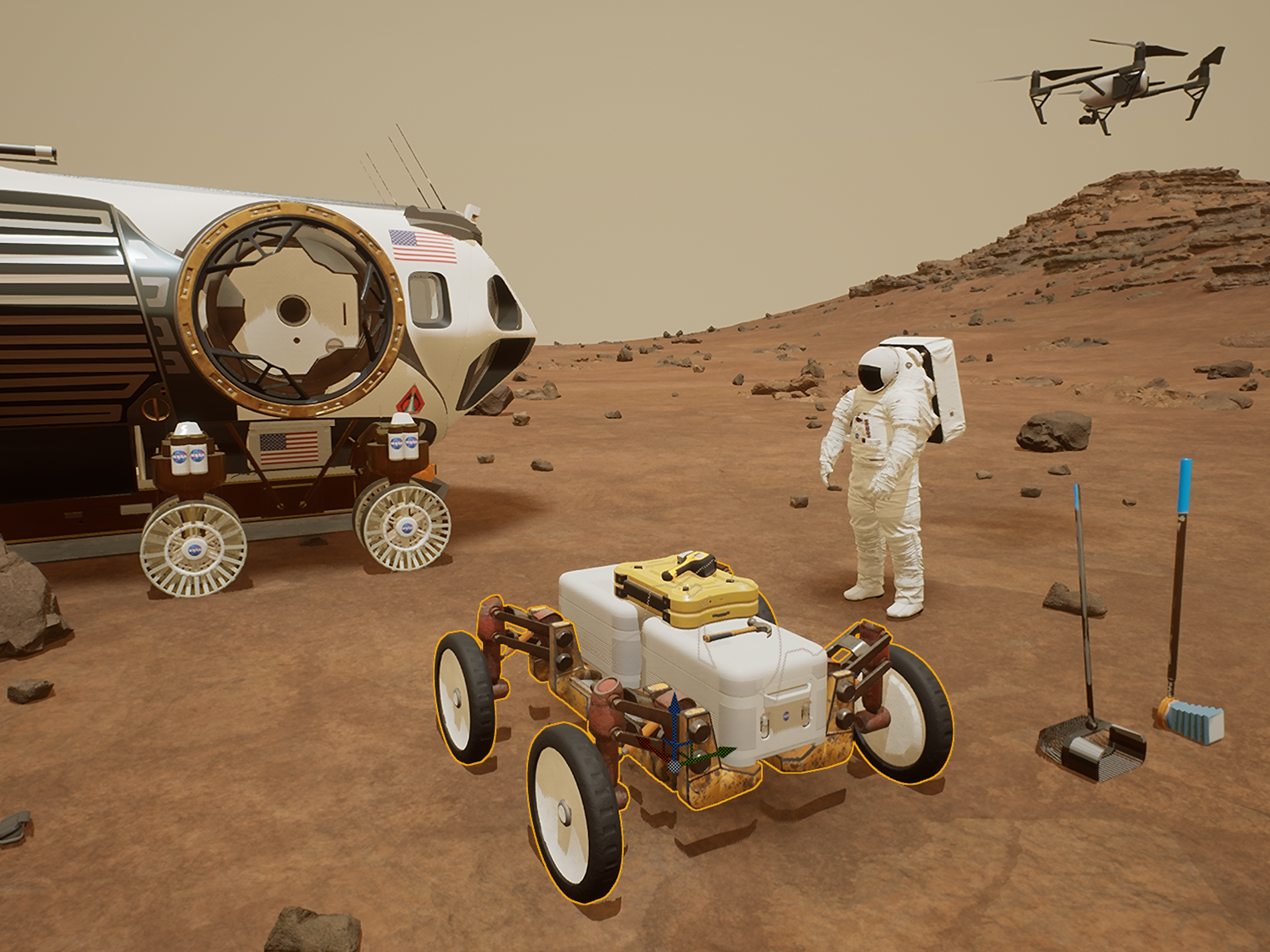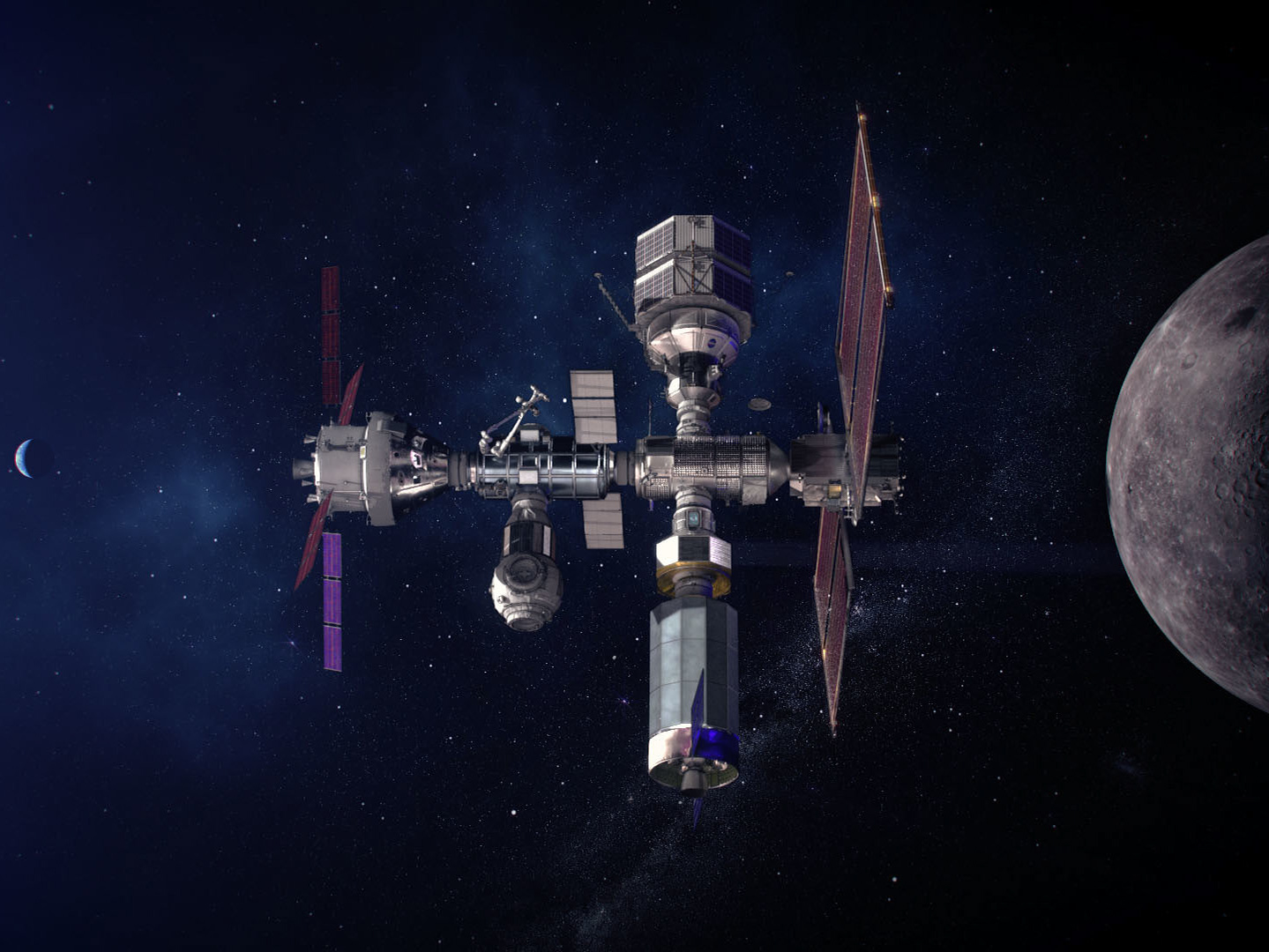While working for Zoox, a fully autonomous purpose-built robotaxi company, the Communications team approached me with a problem - they were facing greater demands for community outreach, trade shows, conferences, supplier meetings, and other forms of external communication. They relied on video, website, and printed materials to convey information about the Zoox product and service but these tools lacked the interactive quality that only a physical robot could provide. The company needed a new interactive educational tool.
How might we provide an interactive exploration of the Zoox robot for external communication?
To meet the rising demands for external communication, we created an 3D touchscreen application that showcases the Zoox product, how it works, and its unique features. This application offers an alternative and more interactive medium for external communication. It can be thought of as a stand-in or supplement to the tangible presence of a Zoox robotaxi - providing insights on technical details and design intention.
At the outset of this project, I worked with stakeholders to establish explicit objectives and requirements.
Once we had these guidelines, I conducted some design research to gauge precedents for similar software products. This mostly consisted of configurators, video games, and automobile websites. I worked with branding and user-interface (UI) designers to create a mood board and identify desired features, interactions, and aesthetic themes.
We worked with teams across Zoox, from Policy to Advance Hardware Engineering, and identified important talking points for the product. This content was fed into flowcharts and wireframes that outlined the architecture of the application. After settling on an architecture, UI designers created initial mock-ups - determining the layout, color, type, and final copy.
These user interface mock-ups were the launchpad for my development process. Working with 3D artists, I assembled assets with appropriate materials, armatures, and animation keyframes. I used the Unreal Engine 5 (a combination of blueprints and C++) to program multitouch interactions, control animation timelines, and gather analytics.
The Zoox Exploration Application (ZEA) made its debut at the Consumer Electronics Show (CES) 2024 in Las Vegas, NV. This trade show is regarded as one of the most important technology showcases in the world. Each year the event brings over 100,000 attendees and thousands of exhibitors to Las Vegas.
This was the second year that Zoox had an official presence at CES. The company used this platform to make an exciting announcement - initial customer rides in 2024! Attendees were presented with the opportunity to join a waitlist and be one of the first to ride in a Zoox on the Las Vegas Strip.
Many attendees and media representatives visited the booth with questions about the product and service. Many of these individuals wanted to interact with the robot, see the production hardware, and learn more about the product's features. While the Zoox booth had a production robot on display, there were instances when visitors could not directly interact with the hardware. ZEA played an important role in satiating visitor curiosity while offloading the work of verbally describing every detail. In addition, the application allowed visitors to explore aspects of the robot that were not on immediately visible.
The application was built with an analytics tool that measured button presses and time spent on menu items. This feature helped Zoox teams gather insight about areas of interest for CES attendees. These analytics indicated that more than 1,000 attendees interacted with the application throughout the trade show. Our team used the analytics gathered, in concert with qualitative feedback, to develop a stronger understanding of improvements for the second generation of the application and future external communications efforts.
This image is not indicative of analytics gathered at CES 2024.
The design and development of this application seem to be a success - proving to be enough of a value-add that it has become an evergreen product. Following the launch and user analysis, stakeholders expressed a strong interest in adding features and expanding the tool's deployment for other use cases. I took the opportunity to improve the user interface and optimize the application for iOS and iPadOS. The result, ZEA2.0, is used for most Zoox external communication events (including pop-ups, emergency responder training, and policy education meetings).



